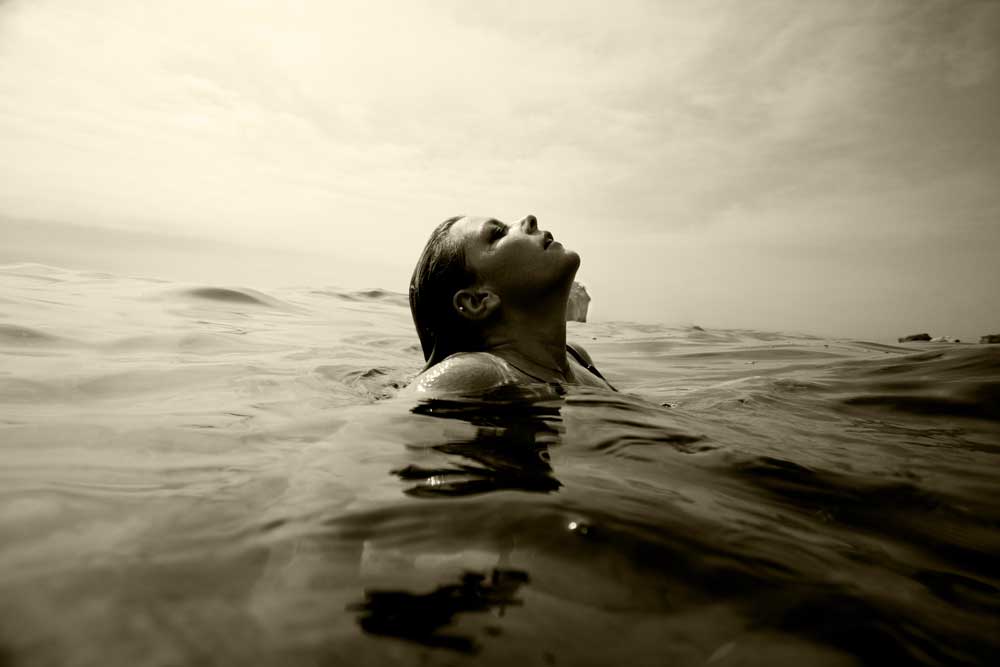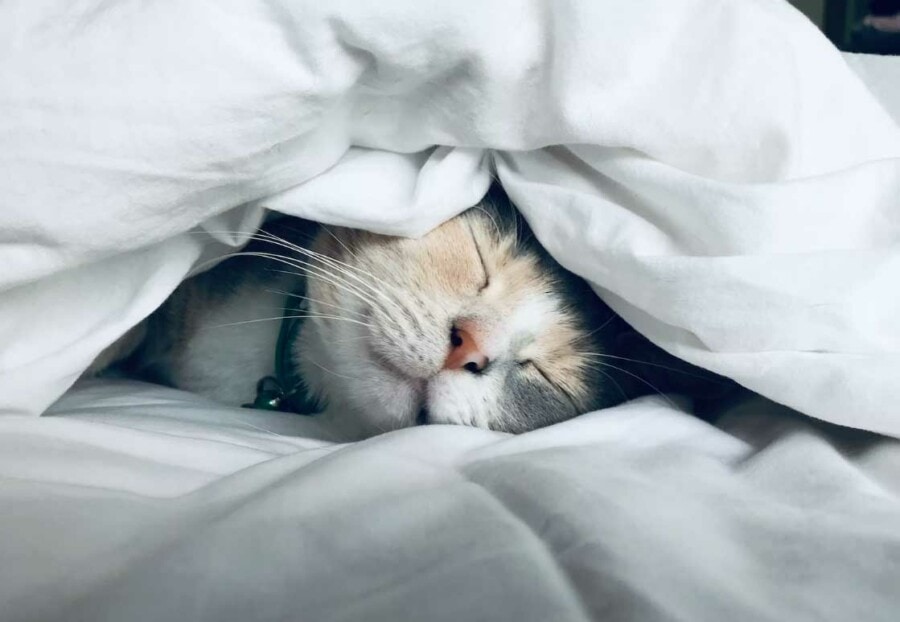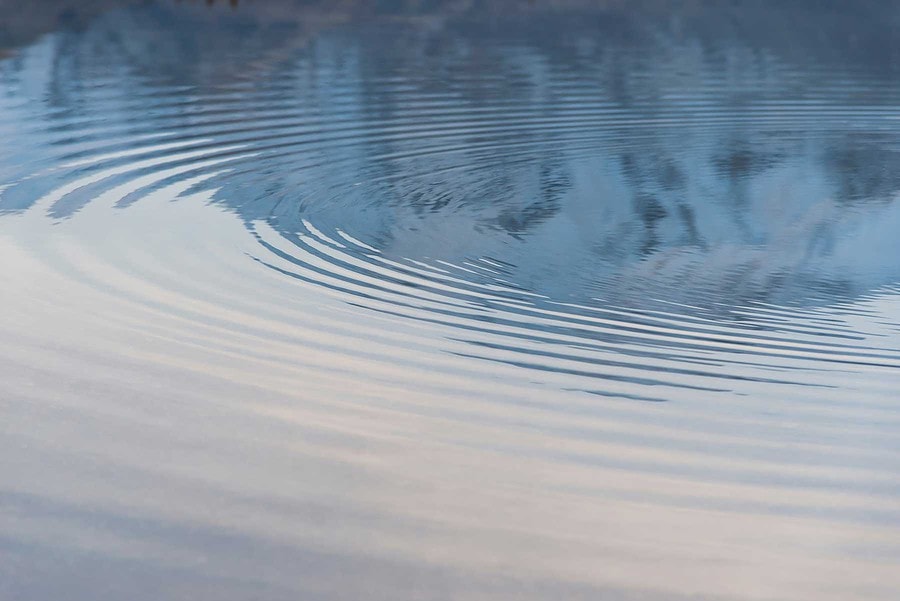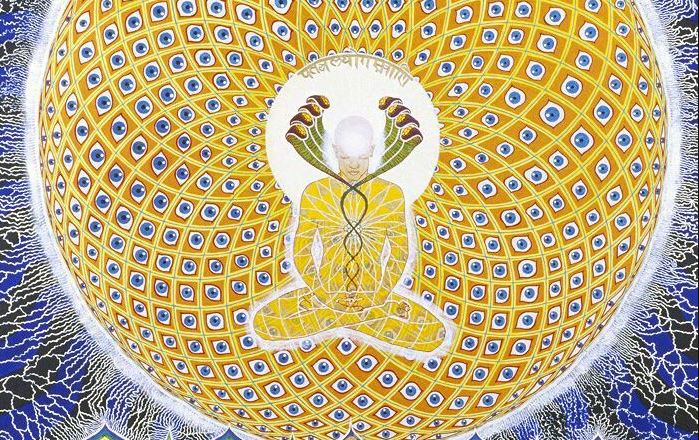Learn
Breath by James Nester (Summary)
Harness the power of your breath for better health and wellbeing.

This is the an excerpt from the final chapter of Breath by James Nester. It’s an excellent book and we recommend purchasing a copy if you find this information valuable.
Breathing is a key input. From what I’ve learned in the past decade, that 30 pounds of air that passes through our lungs every day and that 1.7 pounds of oxygen our cells consume is as important as what we eat or how much we exercise. Breathing is a missing pillar of health.
“If I had to limit my advice on healthier living to just one tip, it would be simply to learn how to breathe better,” wrote Andrew Weil, the famed doctor.
Though researchers still have much to learn about this endlessly expansive field, there is plenty of consensus right now about what “breathing better” looks like.
In a nutshell, this is what we’ve learned.
Shut your mouth
Two months after the Stanford experiment ended, Dr. Jayakar Nayak’s lab emailed Anders Olsson and me the results of our 20-day study. The major takeaway we already knew: mouthbreathing is terrible.
After just 240 hours of breathing only through our mouths, catecholamine and stress-related hormones spiked, suggesting that our bodies were under physical and mental duress. A diphtheroid Corynebacterium bug had also infested my nose. If I’d continued breathing only through my mouth for a few more days, it might have developed into a full-fledged sinus infection. All the while, my blood pressure was through the roof and my heart rate variability plummeted. Olsson’s data mirrored mine.
By night, the constant flow of unpressurized, unfiltered air flowing in and out of our gaping mouths collapsed the soft tissue in our throats to such an extent that we both began to experience persistent nocturnal suffocation. We snored. A few days later, we started choking on ourselves, suffering from bouts of sleep apnea. Had we continued breathing through our mouths, there’s a decent chance we both would have developed chronic snoring and obstructive sleep apnea, along with the hypertension and metabolic and cognitive problems that come with it.
Not all of our measurements changed. Blood sugar levels weren’t affected. Cell counts in the blood and ionized calcium remained the same, as did most other blood markers.
There were a few surprises. My lactate levels, a measure of anaerobic respiration, actually decreased with mouthbreathing, which suggested I was using more oxygen-burning aerobic energy. This was the opposite of what most fitness experts would have predicted. (Olsson’s lactate slightly increased.) I lost about two pounds, due most likely to exhaled water loss. But trust me on this: a post-holiday mouthbreathing diet is not recommended.
The nagging fatigue, irritation, testiness, and anxiety. The horrid breath and constant bathroom breaks. The spaciness, stares, and stomachaches. It was awful.
The human body has evolved to be able to breathe through two channels for a reason. It increases our chances of survival. Should the nose get obstructed, the mouth becomes a backup ventilation system. The few gasping breaths Stephen Curry takes before dunking a basketball, or a sick kid huffs when he has a fever, or you take in when you’re laughing with your friends—this temporary mouthbreathing will have no long-term effects on health.
Chronic mouthbreathing is different. The body is not designed to process raw air for hours at a time, day or night. There is nothing normal about it.
Breathe through your nose
The day Olsson and I removed the plugs and tape, our blood pressure dropped, carbon dioxide levels rose, and heart rates normalized. Snoring decreased 30-fold from the mouthbreathing phase, from several hours a night to a few minutes. Within two days, neither of us was snoring at all. The bacterial infection in my nose quickly cleared up without treatment. Olsson and I had cured ourselves by breathing through our noses.
Ann Kearney, the doctor of speech-language pathology at the Stanford Voice and Swallowing Center, was so impressed by our data and her own transformation overcoming congestion and mouthbreathing that, at this writing, she is putting together a two-year study with 500 subjects to research the effects of sleep tape on snoring and sleep apnea.
The benefits of nasal breathing extended beyond the bedroom. I increased my performance on the stationary bike by about 10 percent. (Olsson had more modest gains, about 5 percent.) These results paled in comparison to the gains reported by sports training expert John Douillard, but I couldn’t imagine any athlete who wouldn’t want a 10 percent—or even a 1 percent—advantage over a competitor.
On a more personal note, those first few nasal breaths after ten days of obstruction were so shimmering and rousing that I got a little teary-eyed. I thought about my interviews with all the empty nose syndrome sufferers who’d been told they were crazy, that they should just quit complaining and breathe through their mouths. I thought about kids who’d been told that chronic allergies and congestion were a part of childhood, and the adults who’d convinced themselves that choking every night was a natural part of growing old.
I had felt their pain, and was lucky enough to breathe life on the other side. It’s something I’ll never forget, and will never, ever repeat.
Exhale
Carl Stough spent a half century reminding his students of how to get all the air out of our bodies so that we could take more in. He trained his clients to exhale longer and, in the process, do what had long been considered biologically impossible. Emphysemics reported almost total recovery from their incurable conditions, opera singers gained more resonance and tone in their voices, asthmatics no longer suffered from attacks, and Olympic sprinters went on to win gold medals.
As basic as this sounds, full exhalations are seldom practiced. Most of us engage only a small fraction of our total lung capacity with each breath, requiring us to do more and get less. One of the first steps in healthy breathing is to extend these breaths, to move the diaphragm up and down a bit more, and to get air out of us before taking a new one in.
“The difference in breathing in the coordinated pattern and in an altered pattern is the difference between operating at peak efficiency and just getting along,” Stough wrote in the 1960s. “An engine does not have to be in tip-top condition to work, but it gives a better performance if it is.”
Chew
The millions of ancient skeletons in the Paris quarries and hundreds of pre– Industrial Age skulls at the Morton Collection had three things in common: huge sinus cavities, strong jaws, and straight teeth. Almost all humans born before 300 years ago shared these traits because they chewed a lot.
The bones in the human face don’t stop growing in our 20s, unlike other bones in the body. They can expand and remodel into our 70s, and likely beyond. Which means we can influence the size and shape of our mouths and improve our ability to breathe at virtually any age.
To do this, don’t follow the diet advice of eating what our great- grandmothers ate. Too much of that stuff was already soft and overly processed. Your diet should consist of the rougher, rawer, and heartier foods our great-great-great-great-great-great-grandmothers ate. The kinds of foods that required an hour or two a day of hard chewing. And in the meantime, lips together, teeth slightly touching, and tongue on the roof of the mouth.
Breath more, on occasion
Since meeting Chuck McGee at that roadside park in the Sierras, I’ve been practicing Tummo with dozens of others from around the world on Monday nights. That’s when McGee hosts a free online session open to anyone who wants to “become the eye of the storm.”
Overbreathing has gotten a bad rap in the past few decades, and rightfully so. Feeding the body more air than it needs is damaging for the lungs right down to the cellular level. Today, the majority of us breathe more than we should, without realizing it.
Willing yourself to breathe heavily for a short, intense time, however, can be profoundly therapeutic. “It’s only through disruption that we can be normal again,” McGee told me. That’s what techniques like Tummo, Sudarshan Kriya, and vigorous pranayamas do. They stress the body on purpose, snapping it out of its funk so that it can properly function during the other 23 1⁄2 hours a day. Conscious heavy breathing teaches us to be the pilots of our autonomic nervous systems and our bodies, not the passengers.
Hold your breath
Several months after experimenting with carbon dioxide therapy, I was at home reading the Sunday paper, flipping through the obituaries, and saw that Dr. Donald Klein had died. Klein was the psychiatrist who spent years studying the links between chemoreceptor flexibility, carbon dioxide, and anxieties. He was 90. It was Klein’s research that inspired Justin Feinstein to pursue the NIH-funded experiments in Tulsa.
I wrote Feinstein with the news. He was crushed. He told me he’d been planning on reaching out to Klein in the coming weeks regarding what could be a “game-changing discovery.”
It turns out that the amygdalae, those gooey nodes on the sides of our head that help govern perceptions of fear and emotions, also control aspects of our breathing. Patients with epilepsy who have had these brain areas stimulated with electrodes immediately cease breathing. The patients were totally unaware of it and didn’t seem to feel their carbon dioxide levels rising long after their breathing ceased.
Communication between the chemoreceptors and amygdalae works both ways: these structures are constantly exchanging information and adjusting breathing every second of every minute of the day. If communication breaks down, havoc ensues.
Feinstein believes that people with anxiety likely suffer from connection problems between these areas and could unwittingly be holding their breath throughout the day. Only when the body becomes overwhelmed by carbon dioxide would their chemoreceptors kick in and trigger an emergency signal to the brain to immediately get another breath. The patients would reflexively start fighting to breathe. They’d panic.
Eventually their bodies adapt to avoid such unexpected attacks by staying in a state of alert, by constantly overbreathing in an effort to keep their carbon dioxide as low as possible.
“What anxious patients could be experiencing is a completely natural reaction—they’re reacting to an emergency in their bodies,” said Feinstein. “It could be that anxiety, at its root, isn’t a psychological problem at all.”
This approach is all very theoretical, Feinstein warned, and needs to be rigorously tested, which is what he will do in the coming years. But if it’s true, it could explain why so many drugs don’t work for panic, anxiety, and other fear-based conditions, and how slow and steady breathing therapy does.
How we breathe matters
I’ve chatted with Anders Olsson every few weeks since we paid through the nose in the Stanford experiment. Our talks are never dull. “I have more energy and focus than ever in my life!” he told me, right after celebrating his 50th birthday. Olsson is a pulmonaut in the purest sense: self-taught and driven by a sense that we are missing something right in front of us, a truth basic and essential.
Through all my travels and travails, there is one lesson, one equation, that I believe is at the root of so much health, happiness, and longevity. I’m a bit embarrassed to say it has taken me a decade to figure this out, and I realize how insignificant it might look on this page. But lest we forget, nature is simple but subtle.
The perfect breath is this: Breathe in for about 5.5 seconds, then exhale for 5.5 seconds. That’s 5.5 breaths a minute for a total of about 5.5 litres of air.
You can practice this perfect breathing for a few minutes, or a few hours. There is no such thing as having too much peak efficiency in your body.
Olsson told me he’s working on several more devices to help us breathe at this rate—slowly and less. He’s finishing production on his BreathIQ, a portable device that measures nitric oxide, carbon dioxide, ammonia, and other chemicals in exhaled breath. Then there are other skunkworks to mimic the effects of perfect breathing: a carbon dioxide suit, a hat, and …
Meanwhile, Google just released an app that pops up automatically when the words “breathing exercise” are searched. It trains visitors to inhale and exhale every 5.5 seconds. Down the street from my house is a startup called Spire, which created a device that tracks breath rate and alerts users every time respiration becomes too fast or disjointed. In the fitness industry, resistance masks and mouthpieces with names like Expand-a-Lung are all the rage.
Before we know it, breathing slow, less, and through the nose with a big exhale will be big business, like so much else. But be aware that the stripped-down approach is as good as any. It requires no batteries, Wi-Fi, headgear, or smartphones. It costs nothing, takes little time and effort, and you can do it wherever you are, whenever you need. It’s a function our distant ancestors practiced since they crawled out of the sludge two and a half billion years ago, a technology our own species has been perfecting with only our lips, noses, and lungs for hundreds of thousands of years.
Most days, I treat it like a stretch, something I do after a long time sitting or stressing to bring myself back to normal. When I need an extra boost, I come here, to this old Victorian house in the Haight-Ashbury, and sit beside this rattling window with the other Sudarshan Kriya breathers I first met ten years ago.
———
The room is packed now, 20 of us sitting in a circle unkinking our necks and pulling fleece blankets onto our laps. The instructor hits the switch on the wall, the lights dim, and long shadows from the street cast across the floor. In the darkness, he thanks us for coming, brushes his bangs aside, adjusts the old boom box and presses play. We take the first breath in. Then the second.
The wave comes, washes over and runs up, then turns around and recedes, back to the ocean.








